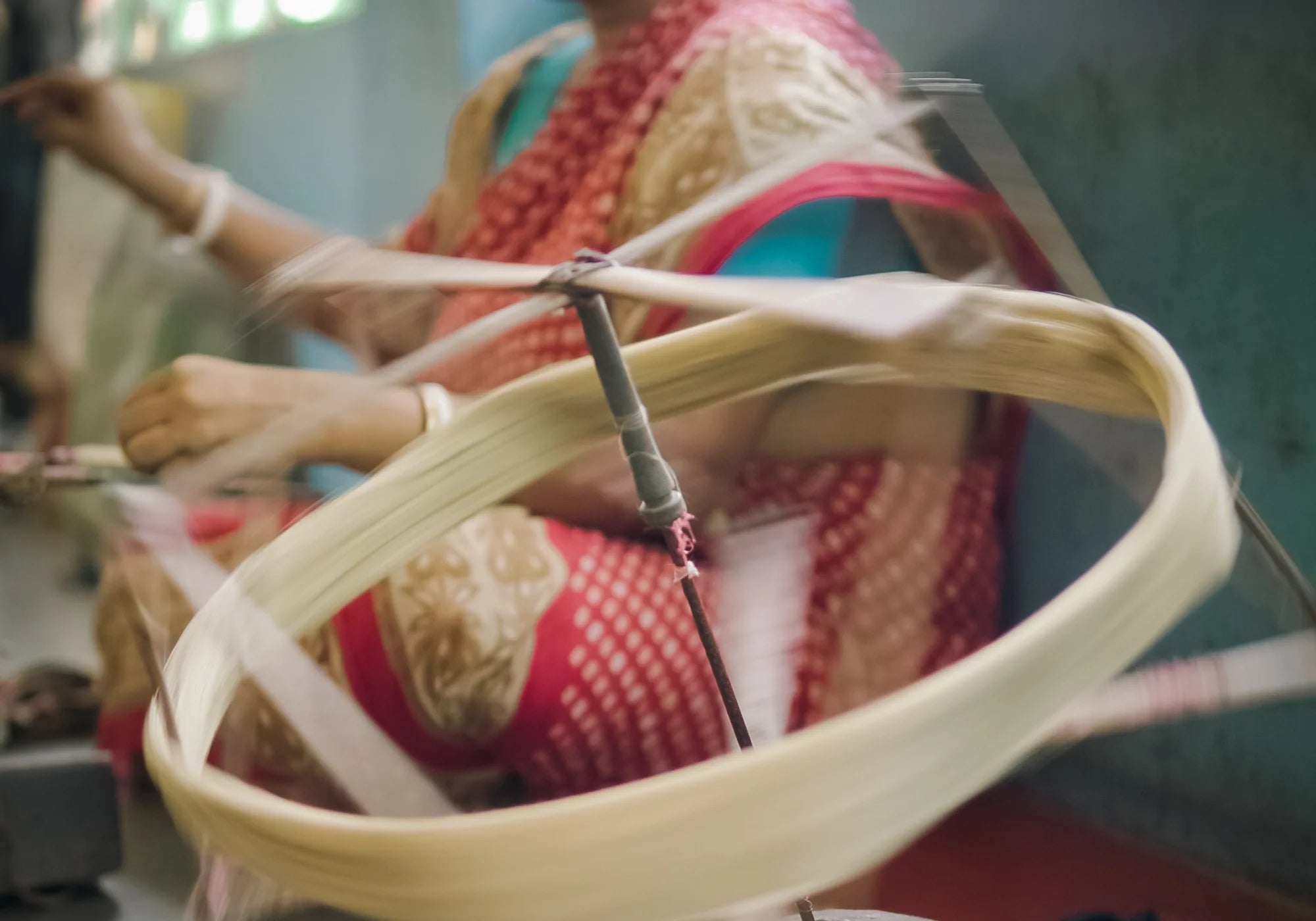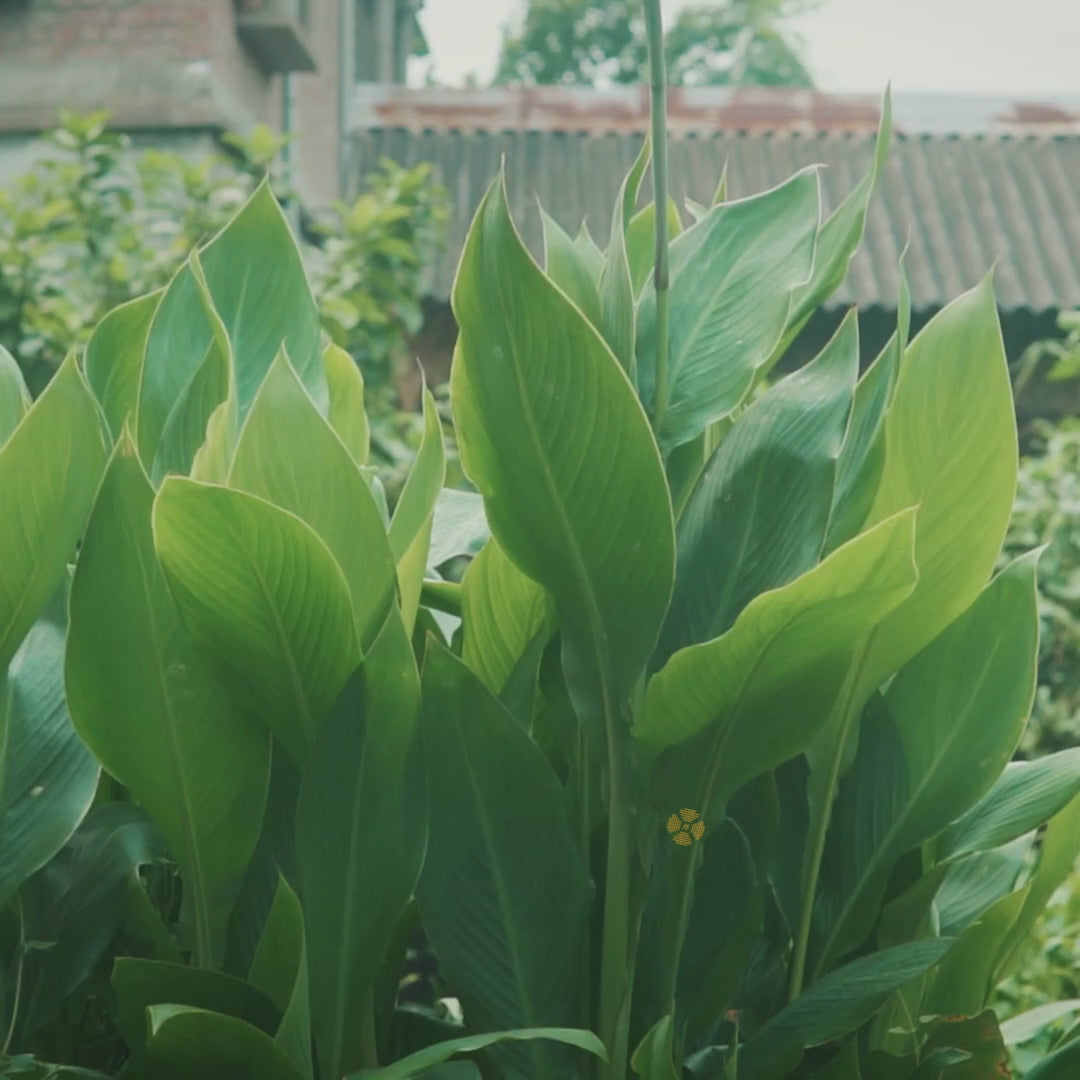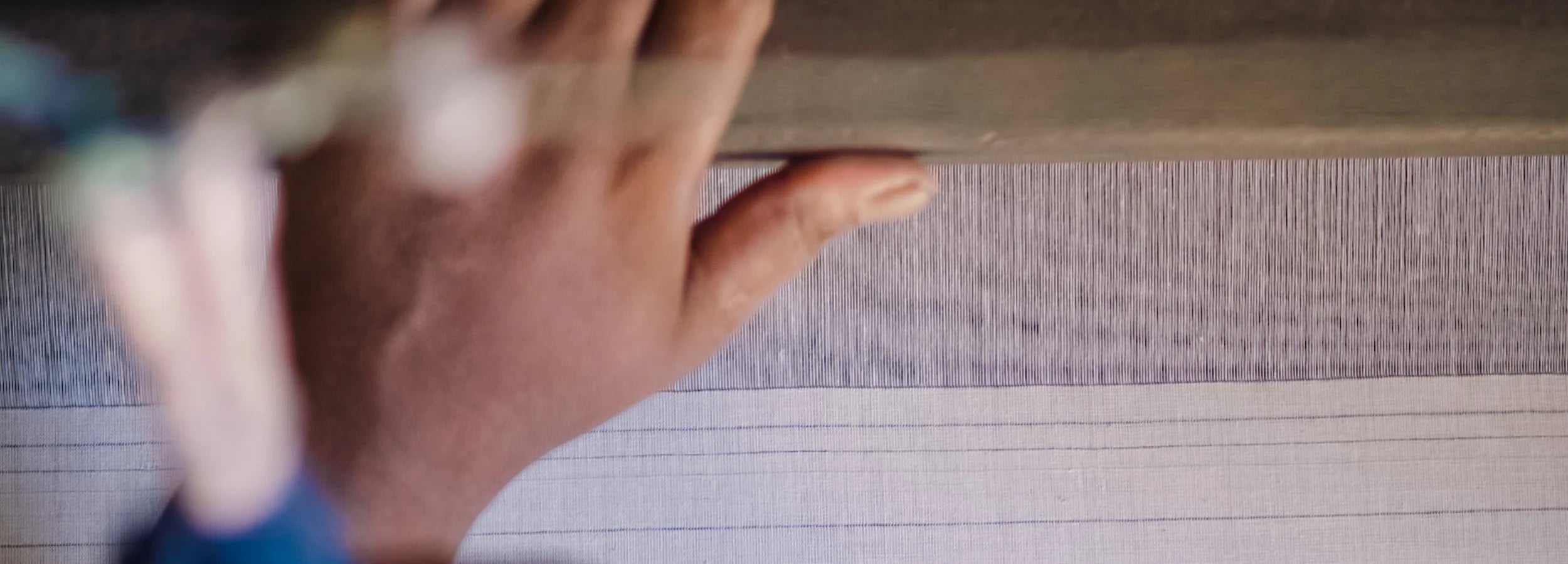It is a declining art.
Indian weavers produce 95% of the handloom fabrics in the world. Women make up 72% of this workforce. But the number of handloom workers in the country has gone down by a whopping 50% in the last 25 years. This craft is slowly dying with a) mill-made and power-loom clothing production being orders of magnitude faster, and b) younger generations more inclined towards fast fashion clothing.

It is the embodiment of slow and sustainable fashion.
Handloom fabrics are woven by hand on manually-operated looms, typically using natural fibres. These fabrics are more eco-friendly as they require fewer chemicals and are often biodegradable, enhancing comfort and breathability. Natural handloom fabrics are gentler on the skin and environment.
The handloom industry is entirely sustainable, consuming no electricity and preserving traditional artisanal skills passed down through generations. Supporting handloom means preserving these crafts and sustaining our artisanal communities.

Its timeless charm transcends boundaries.
The charm of handloom fabrics lies in their tactile appeal that cannot be matched by machine-made cloth. Every metre of each fabric is distinct due to the inherently human nature of the weaving process. This means that they have slight irregularities, but the imperfections are what lends beauty and charm to these fabrics.
In India, handloom fabrics have traditionally been associated with ethnic wear like sarees. We aim to bring handloom to the contemporary world in modern shapes and silhouettes, to cater to the evolving tastes of the younger generations, in turn supporting our weavers and their families and preserving this beautiful craft.


